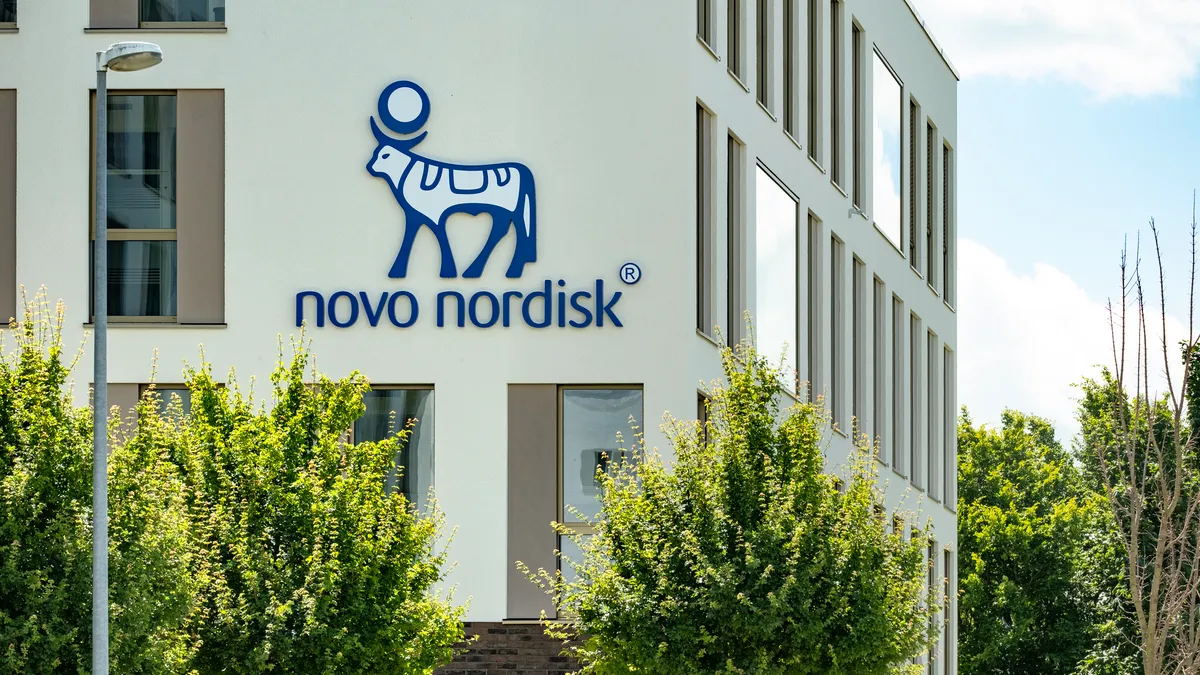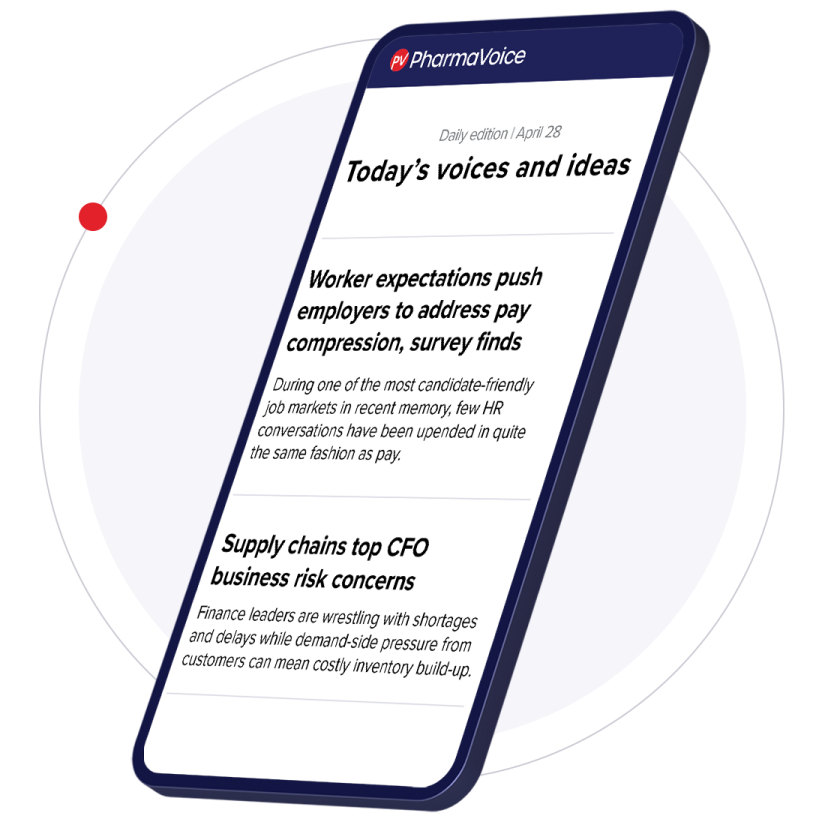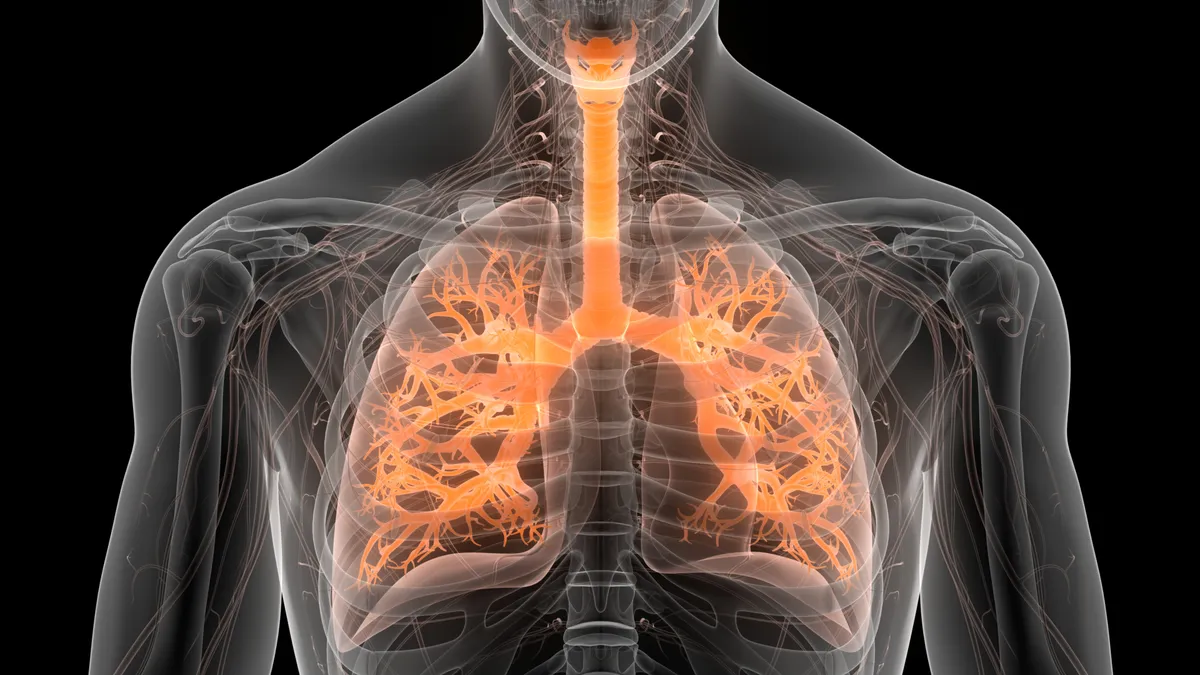Danish biopharma powerhouse Novo Nordisk is taking another bold move in the obesity market, this time licensing a new type of GLP-1 that could directly compete with a candidate in Eli Lilly’s pipeline.
Novo announced last week that it would spend up to $1.8 billion to license an early-stage obesity asset, snagging the rights to develop, manufacture and commercialize the drug with $200 million upfront.
The move comes after Novo announced disappointing results in December from a late-stage trial of a different obesity pipeline project, CagriSema, a combination of its semaglutide GLP-1 receptor agonist with an amylin analogue. The findings temporarily wiped $125 billion from the company’s stock value, but with a new asset in its pocket, Novo is squaring up against Lilly again for the next obesity opportunity.
Enter the triple agonist.
More receptors, more results?
Novo picked up the new triple agonist, UBT251, from China-based United Biotechnology. The candidate, which is still in early stages, targets the GLP-1, GIP and glucagon receptors. Novo’s blockbuster obesity and diabetes medications, Wegovy and Ozempic are GLP-1 receptor agonists, while Lilly’s tirzepatide products, Zepbound and Mounjaro, are dual GLP-1 and GIP receptor agonists.
Lilly also has its own triple agonist in the works, and both companies are hoping the addition of the third dimension will boost results from single and dual-acting GLP-1s. So far, it’s too early to tell if Novo’s new candidate will prove to be more effective than what’s on the market, but there are signs triple agonists could land among the most potent weight loss therapies.
“Targeting these three receptors at once may have improved effects on blood sugar control and weight management compared with a single or dual agonist, although the potential of this approach will need to be further examined and verified in large clinical trials,” a Novo spokesperson explained in an email.
In a recently completed phase 1b trial in China, overweight and obese patients who received the highest dose of UBT251 lost about 15% of their body weight on average over 12 weeks — well above the roughly 6% average weight reduction for adults who take semaglutide during the same time period.
Novo plans to move UBT251 into a global phase 1/2 trial “as quickly as possible” once the deal is closed, a spokesperson said.
Lilly, meanwhile, is further ahead with its triple agonist, retatrutide, which is in phase 3 testing for obesity, type 2 diabetes, cardiovascular disease and osteoarthritis. In a recent study comparing weight reduction results of mono-, dual- and triple agonists that included retatrutide, the triple agonists were found to be “superior.”
In a phase 2 study of retatrutide, overweight or obese patients without diabetes lost 17.5% of their body weight on average over 24 weeks. Over 48 weeks, participants lost just over 24% of their body weight. Lilly anticipates releasing some phase 3 data later this year for phase 3 obesity and osteoarthritis of the knee later this year, the company noted in a year-end earnings presentation.
While it’s early to predict potential sales figures from Novo’s new triple agonist, Lilly’s retatrutide could pull in $5 billion in sales by 2030, Evaluate estimated last year.
Novo and Lilly are not the only drug developers with a triple agonist in the works. Hanmi Pharmaceuticals, based in South Korea, is in phase 2 testing for a once-weekly triple agonist efocipegtrutide, which targets the same receptors as retatrutide and UBT251.
But of the 150-plus obesity meds in the clinical stage in 2025, just 3% are targeting the triple agonist receptors GLP-1/GIP/glucagon, according to Iqvia. Most are targeting single and dual agonists or other mechanisms of action outside GLP-1s.
A big deal
The potential $2 billion value of Novo and United’s licensing agreement makes it one of the top deals so far in the obesity space. Only Roche spent more when it struck a $5.3 billion deal with Zealand Pharma earlier this month to license an amylin analogue shot.
But Novo has been pumping large investments into its manufacturing capabilities, including closing a $16.5 billion acquisition of contract development and manufacturing organization Catalent in late 2024. The company also has several other obesity assets in mid- and late-stage development, including an oral version of semaglutide and a dual agonist.
For now, the jury is still out on how the triple agonist will fit into Novo’s overall cardiometabolic pipeline.
“The addition of a candidate targeting glucagon, ss well as GLP-1 and GIP, will add important optionality to our clinical pipeline,” a spokesperson said. “Further clinical data is needed to determine how the various assets in our pipeline might compare or differentiate from one another.”




















